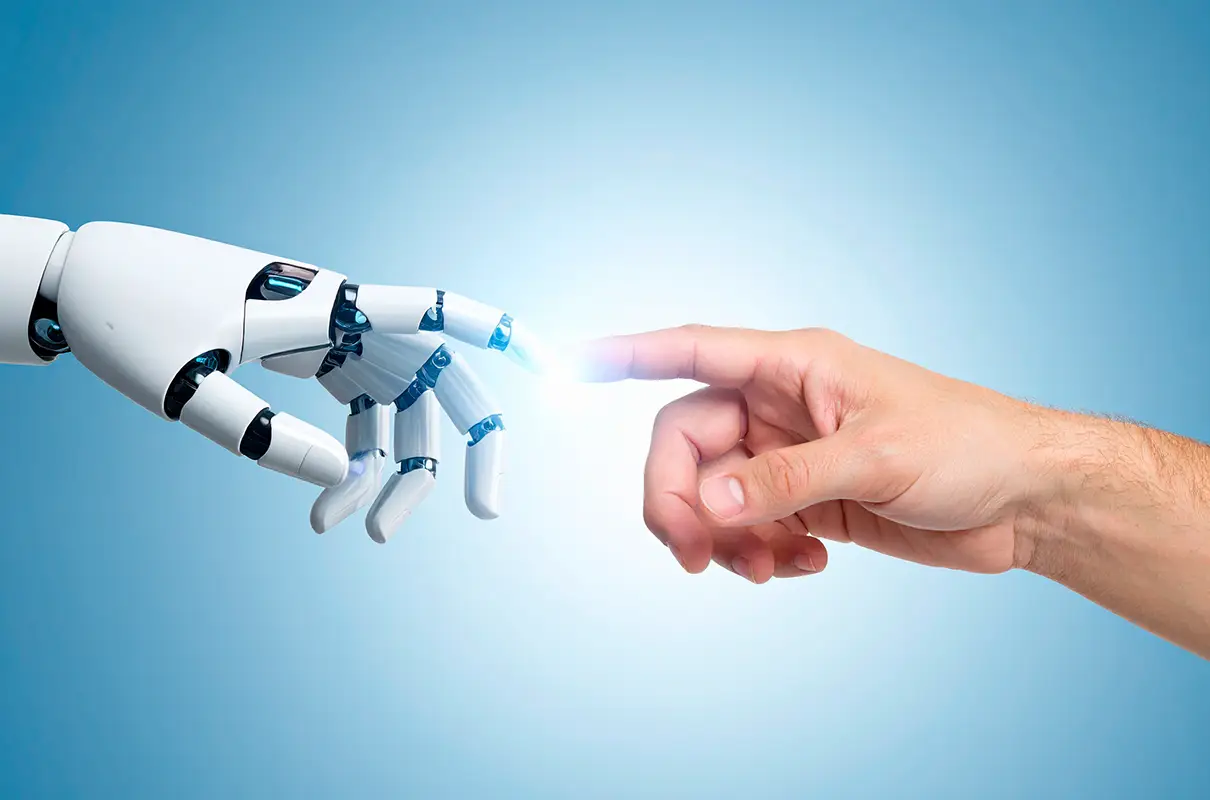Creativity in the Age of AI: How Do We Protect the Human Soul in an Automated World?
Creativity has always been one of humanity’s most powerful pillars. It’s what sets us apart, connects us, and drives us to imagine better futures. But in a present increasingly dominated by algorithms, artificial intelligence, and automation, new questions are emerging—questions that once seemed unthinkable: Who owns an idea? Who has the right to tell a story? Where does inspiration end and plagiarism begin?
This week, over 400 British artists — including giants like Paul McCartney, Coldplay, Dua Lipa, and Kate Bush — raised their voices in an open letter to the UK government. Their message was clear: human creativity is under threat. They called for regulation on the use of artificial intelligence to protect copyright and prevent protected works from being used, without permission, to train generative AI models. Because yes—the music you hear, the images you see, and the texts you read may have been created based on a dataset built from thousands of works that once had names, stories, and heart.
Though seemingly technical, this debate cuts deeply through the world of marketing, communication, and branding. Brands are now using AI to generate copy, images, slogans, articles, designs—even ideas. They do it for efficiency, speed, cost. But at what real cost?
The question isn’t whether to use AI or not.
The question is how.
When a brand automates its narrative, it must ask itself: Am I staying true to my voice? Is there still a real story behind this? Am I respecting the work of other creators who, knowingly or not, have been absorbed into these datasets? Because if everything we generate is just a faceless remix of what already exists, we risk losing what makes a message truly unique: its soul.
Creativity isn’t just about output. It’s about intention. Vision. Context. And for now, that remains human territory.
That’s why, in this era of prompts and algorithms, brands must take a moment to pause. Not to stop progress—but to understand it. AI is a powerful tool, but it needs guidance. It needs ethics. It needs judgment. Using it without intention, purpose, or responsibility is a subtle way of betraying everything we claim to build as brands: trust, authenticity, and connection.
So, what can a brand do?
It can start by being transparent about its processes. It can combine AI’s efficiency with the warmth of the human eye. It can value creators—designers, writers, musicians—who still believe in the power of a well-crafted idea. It can tell stories that come from within, not just from a generator.
Because in a world where everything can be automated, what will truly matter is what can’t be faked.
The real question isn’t whether we should use artificial intelligence.
The real question is: How will we use it without losing what makes us human?

